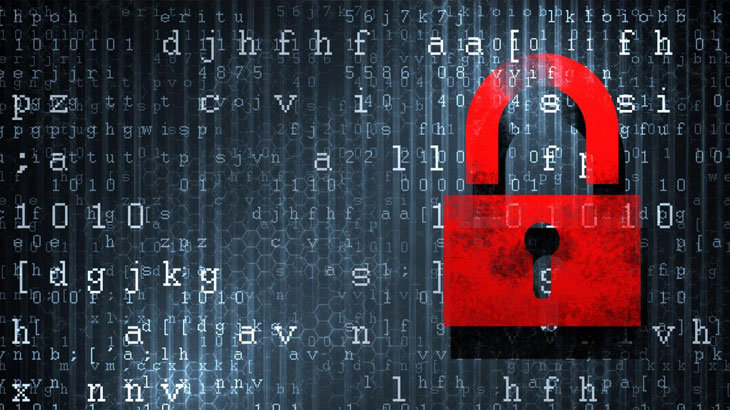Device users previously opted to back up their files as a means to prepare for restoration in the event their hard drive crashed. Now, users are facing a different threat — ransomware. If a device becomes corrupted by this form of malware, the only way to restore files is from backups. If these files are not current, the user faces the loss of any files that have yet to be backed up.
To prevent the loss of files users can backup their files in these three ways:
3 Backup Methods to Keep Your Data Secure
- Within your computer you have the ability to back up your files. This method will save your files within your PC, and is not highly recommended. The reason being, if your computer becomes infected with malware, or crashes, it is likely you will lose these your backup files as well. However, if you would like to use this method, you need to:
- Access your Control Panel
- Go to System and Security
- Backup and Restore
- Set up backup
- Upon doing these things, you will likely get the following message:
- You can save your files to your computer, but it is recommended you use an external device.
- Saving your data to an external device. External devices include USB drives, Solid State Drives (SSDs), Compact Disks, etc. This method is highly recommended because if your PC becomes infected with malware, or crashes, you will have an external device to regain access to all of your files. This external device can be used to upload all of your data to another PC, or to your existing PC once it is fixed. When purchasing an external device, please keep in mind how much storage you will need. You are able to purchase external storage devices at any electronics or office supply store, such as Best Buy or Staples.
- You can also back up your files using cloud storage. This includes Box.com, Google Drive, and Drop Box to name a few. These services are often free of charge. The risk you run with using this form of storage is if hackers were able to breach any of these services. Unlike external drives, when you upload your data to these services, you’re trusting a third-party to keep them safe. By choosing an external device, you keep your data in your possession.
Beyond the Backup
Ultimately the backup method users choose is theirs. Regardless of which option picked, backing up your data is critical. With the growing cyber threats, it no longer seems to be a question of if, but when. Users never know when a malware infection may hit, or when your trusty hard drive is going to crash. Once this happens, the data could be gone forever. The only real hope of restoring it is having backup files available.
Once you start backing up your files, it is important you maintain them. This means keeping them updated and ensuring they are free from malware.



